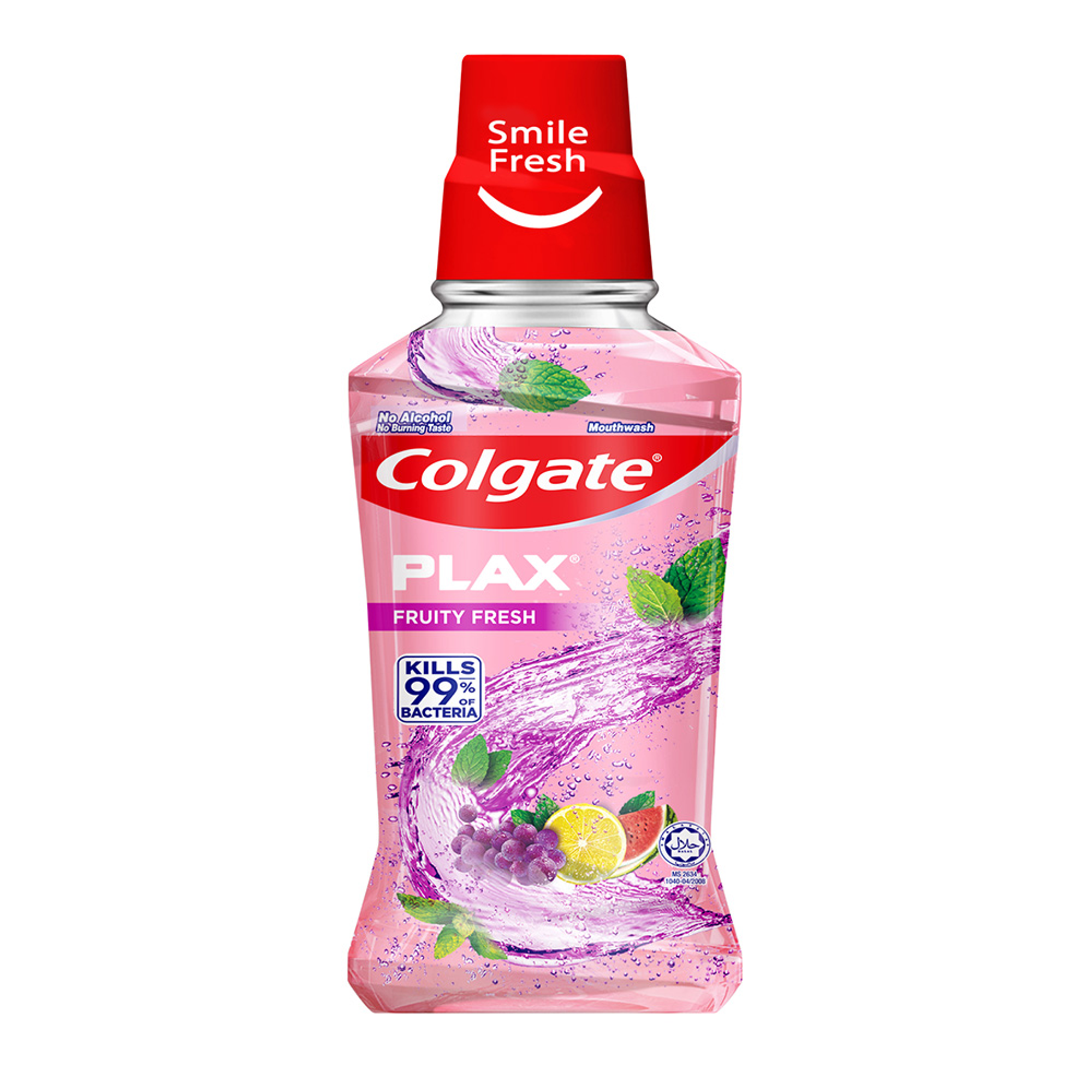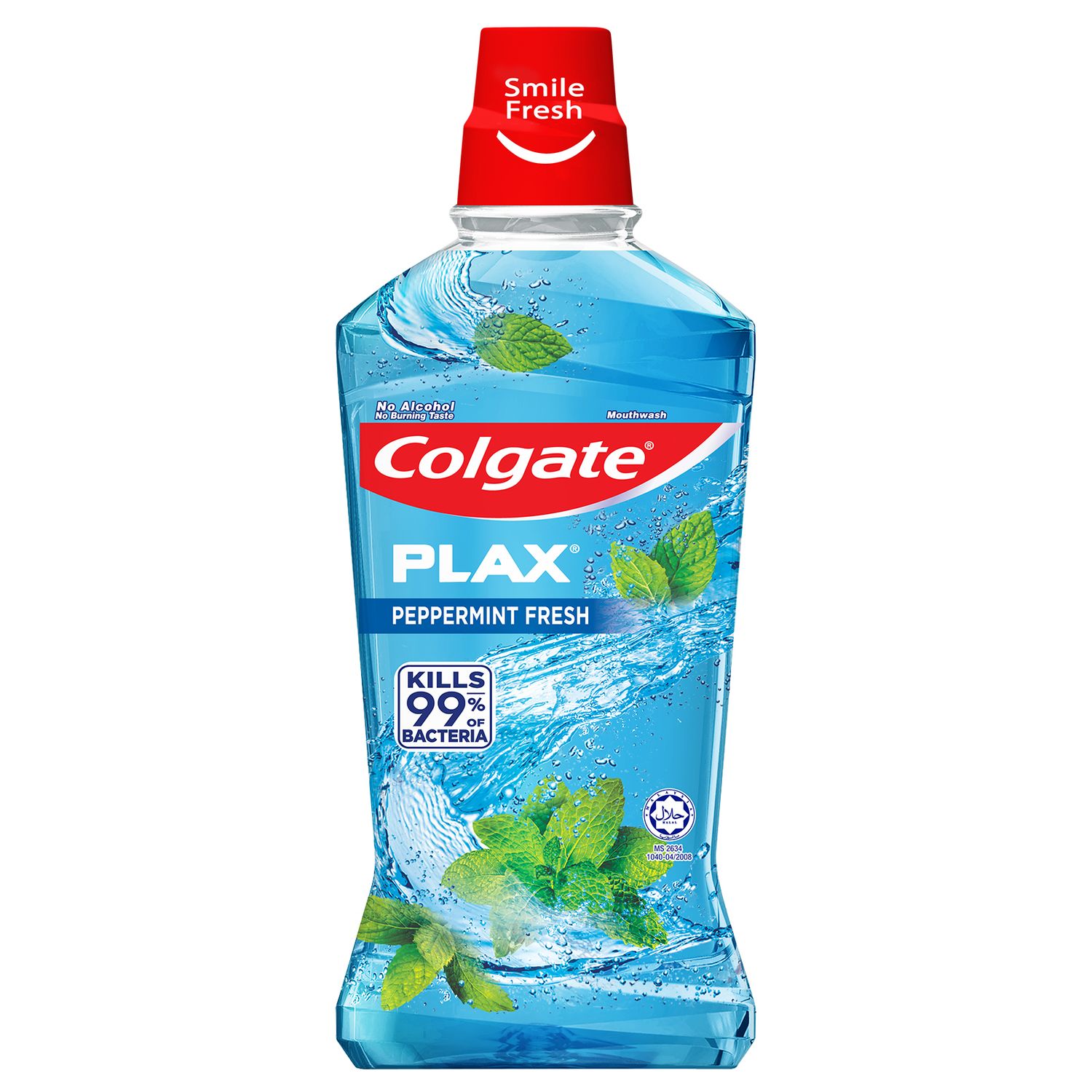-
-

FLUORIDE
Discover how stannous fluoride toothpaste prevents cavities and other oral health issues. Learn the key benefits of fluoride for teeth and its best uses.Fluoride plays a vital role in oral healthcare...

TEETH WHITENING
Teeth Whitening Serum for a Brighter, Confident SmileWho does not want whiter and brighter teeth? Thanks to the many teeth-whitening products available today...
-
Science & Innovation
- Colgate® | Toothpaste, Toothbrushes & Oral Care Resources
- Oral Health
- When Surgical Extraction of Teeth is Necessary


You want to keep your teeth for a lifetime, but circumstances can arise that prompt your dentist to recommend removing a tooth for the good of your dental health. And although many of your teeth are easily removable, it's occasionally more complicated and requires a more involved procedure. Here's why the surgical extraction of teeth may become necessary and how your dentist differentiates these procedures from others.
Why Can't a Tooth be Saved?
This National University Polyclinics site suggests teeth damaged by serious decay or fracture are removed when they are beyond repair by fillings, crowns and other treatments. When a tooth cannot be repaired with a filling or a crown because of an accident or extensive decay, an extraction may be your best recourse. Teeth that aren't supported by enough bone due to periodontal disease are also candidates for removal, necessitating the use of a gum-protecting toothpaste following extraction. Infected (abscessed) teeth that don't respond to root canal treatment may need to be taken out as well.
Keep in mind that it's not unusual for an orthodontist to recommend an extraction or two before orthodontic treatment begins because of crowed teeth. Similarly, wisdom teeth are frequently extracted because of the awkward position in which they grow behind your molars.
Simple Extractions vs. Surgical Extractions
When there is teeth with severe decay, extensive fillings or abnormally curved or large roots, surgical extractions may be necessary, according to the College of General Dental Practitioners Singapore (CGDP). When a tooth is visible above the gum line and your dentist can easily remove it with forceps, the procedure is called a simple extraction. If a more volatile tooth has yet to grow in, however, your dentist needs to remove gum tissue or bone in order to extract it. This is called a surgical extraction, and it requires stitches to close the site so that it can heal properly. The doctor may also prescribe a more specific pain medication following the procedure.
Reasons for Surgical Extractions
By taking an x-ray and examining your tooth, your dentist can usually determine whether or not your extraction will be simple or surgical. But there are times when a simple extraction turns into a surgical. If a tooth breaks off during the procedure, for instance, it may need to be taken out in pieces.
Wisdom teeth often face surgical extraction because they're usually impacted, meaning they are not completely erupted into the mouth. This condition requires cutting through bone and tissue. Removing severely broken down teeth, root tips or teeth with long-curved roots are other examples of surgical extractions. Then there are times when the bone around a tooth has become dense, resulting in the need for surgical treatment.
Post-Extraction Instructions
With surgical extractions, you'll most likely have one or more stitches at the extraction site. Regardless of whether your extraction is simple or surgical, it's always important to closely follow your dentist's after-care instructions to speed recovery and avoid any complications. The following are post-surgical extraction care suggestions:
- Bite down on a gauze pad for 30 minutes after the extraction to help stop the bleeding.
- Avoid unnecessary talking, eating and drinking for the first two hours after extraction.
Related Products

Helping dental professionals
More professionals across the world trust Colgate. Find resources, products, and information to give your patients a healthier future










